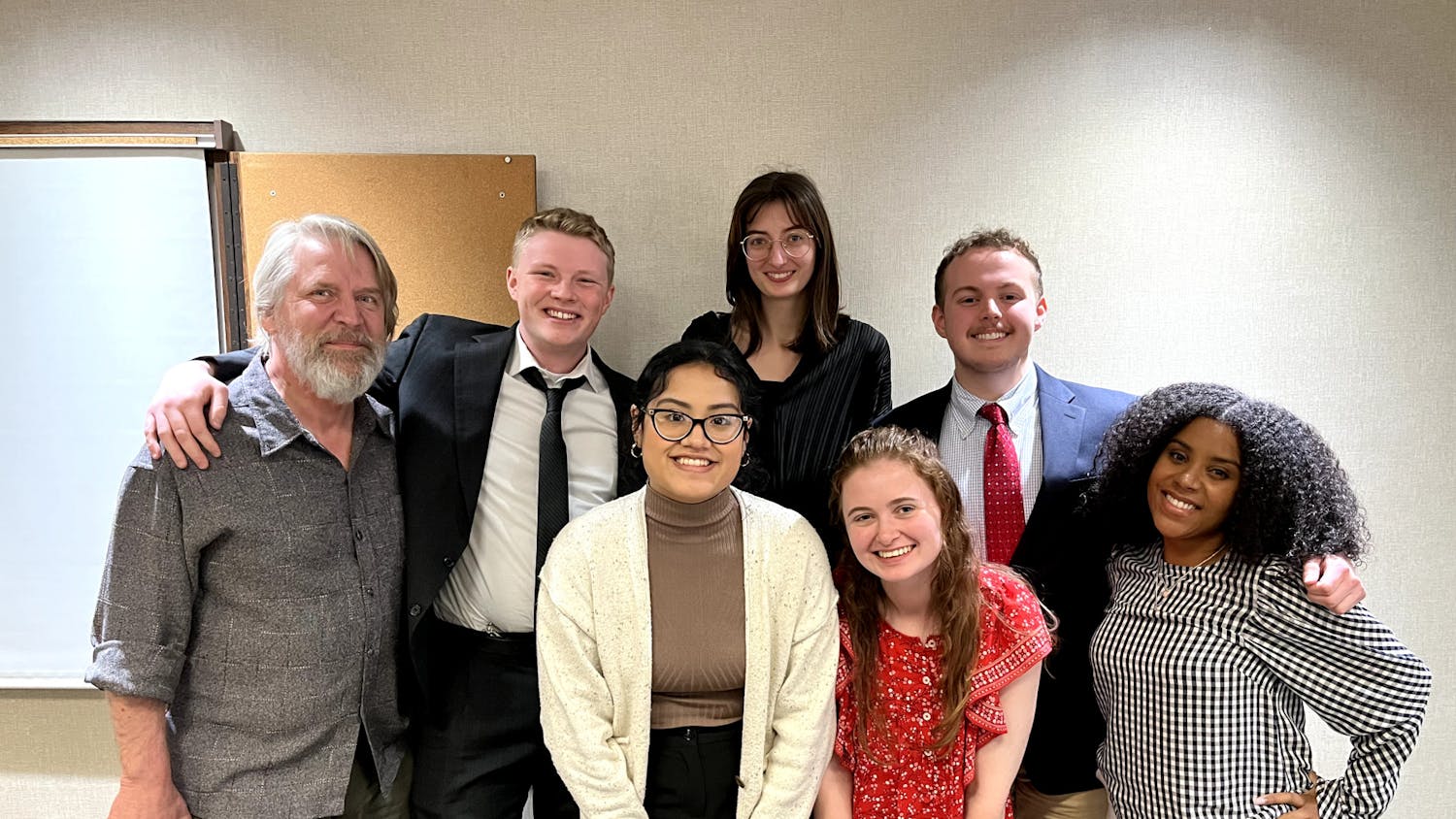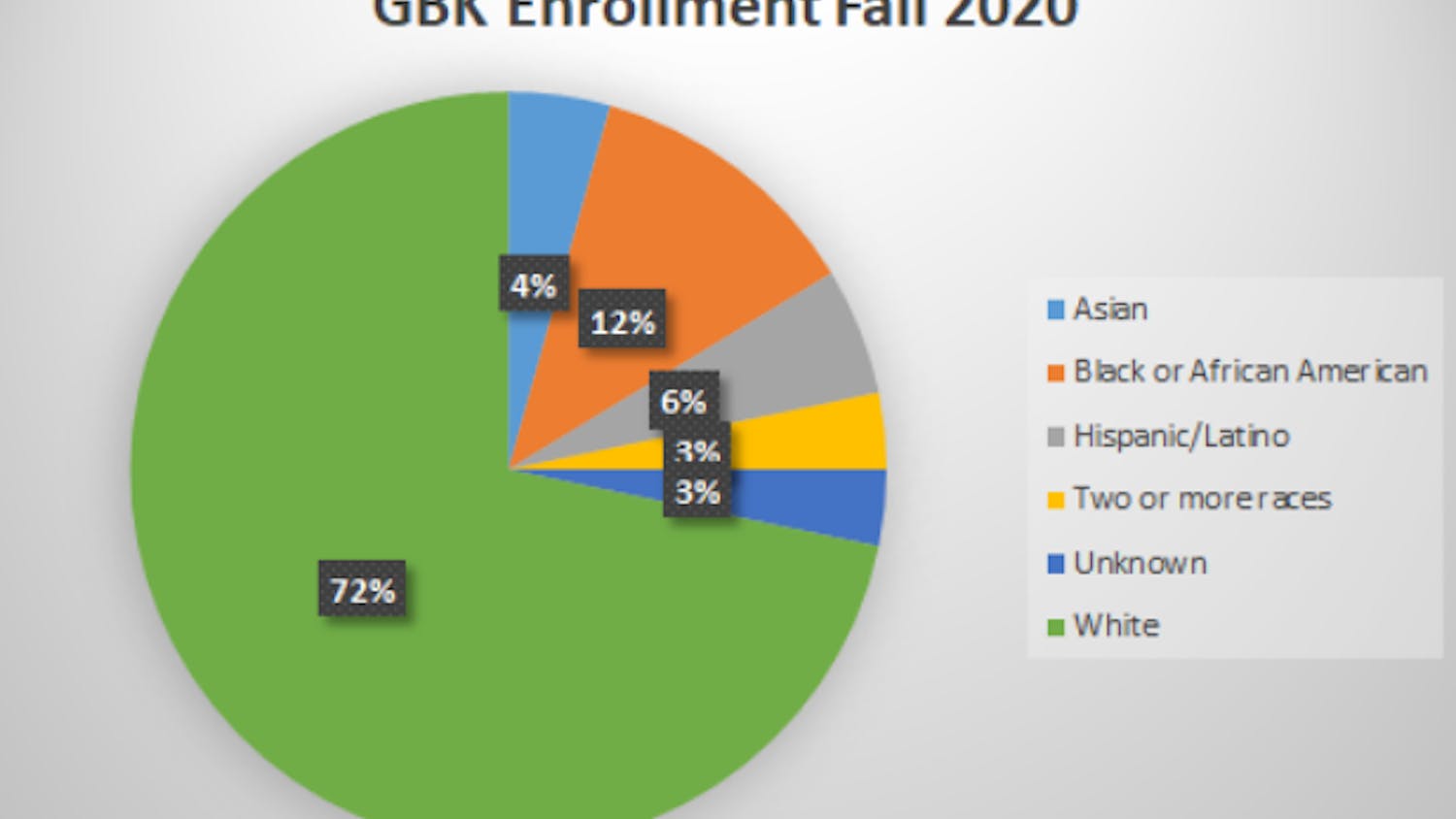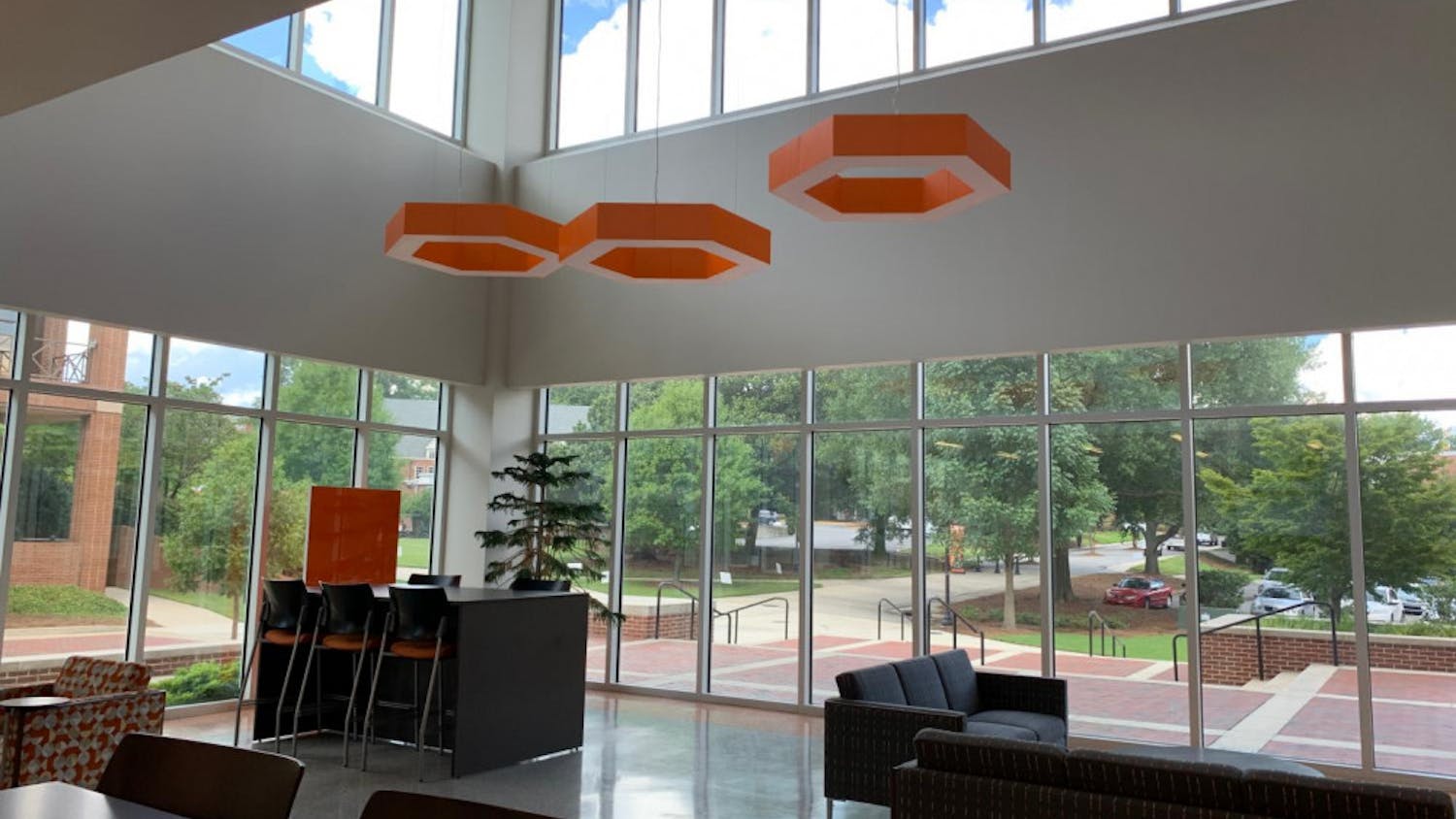We are currently living in a state of hyperreality, or we are very close to it.
Things that are representative of reality are just as, if not more, important than that which they represent.
It will eventually come to pass that our symbol of what we once thought reality looked like will become more appealing than what remains of the real world: a proverbial desert that resulted from our social negligence.
The cause of this is what has been deemed Web 2.0, particularly social media.
Philosopher Jean Baudrillard wrote in his work The Precession of the Simulacra, a parable about cartographers that made for their empire a map that was so detailed and precise that it was the actual size of the land that it represented and touched each location that it symbolized.
Eventually, the people of this empire became so enamored with the exquisite map that they paid more attention to it than the land that it charted.
The real empire fell into disrepair and eventually ceased to exist, giving rise to what Baudrillard termed the Desert of the Real.
Baudrillard wrote during the twentieth century about what we now call the postmodern era.
He assumed that mass media and globalization would lead to the conditions that he predicted, a phenomenon he called Second-Order Simulacra.
Second-Order Simulacra occurs when symbols exist without referring to anything, when the copy becomes the authentic item.
It was not until the advent of the Internet that Baudrillard’s theories could be fully realized.
As the Internet evolved and eventually allowed for user-created content, referred to as Web 2.0, it seemed to become a sort of reality of its own.
When Facebook first came along, it served as a convenient medium to share photographs that we might have taken at a party or picnic.
Over time, social networking became the reason we take photographs at social events or in some cases of our reflections in bathroom mirrors or lying in our backyards or positioned like a plank across the sidewalk.
Twitter was a fast way to share things that are currently happening, which proved useful during events like the Iranian election crisis.
But for asocial Americans the prospect of getting in on a trending topic is just as good as being involved in an inside joke or political discussion.
Social networking ceased to be a method of communication and became the impetus for it.
It caused a sort of devolution of interpersonal relations where interactions take place via simulated experiences.
This brings to mind the superstition that a photograph steals part of the soul.
It would seem as if a large collection of photographs shared with everyone online replaces the soul.
Social networking creates relational stagnancy and laziness.
The only solution that seems to exist is to exercise the first two rules of Fight Club with regards to social media: don’t talk about social media.
The moment that we talk about Facebook conversations in real conversation, we forget the purpose of social networking was to talk about events in real life and not the other way around.
That, and it just seems awkward to talk about Internet conversations offline.
The importance of Internet experiences needs to be kept beneath that of real experiences.
If the former becomes more enjoyable then the latter, then we are living in Baudrillard’s Desert of the Real.
Questions, comments or criticisms on this column may be sent to Rosstripi@gmail.com
Internet has created new reality, alters forms of social interaction
Comments




